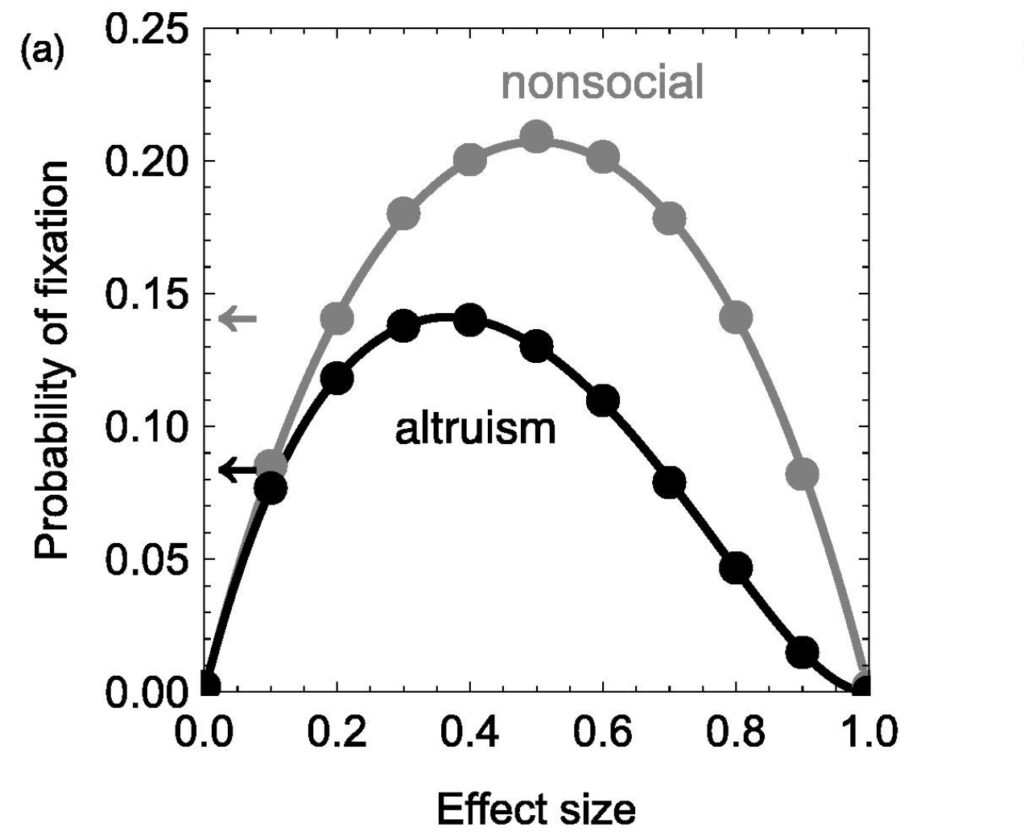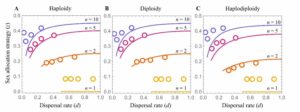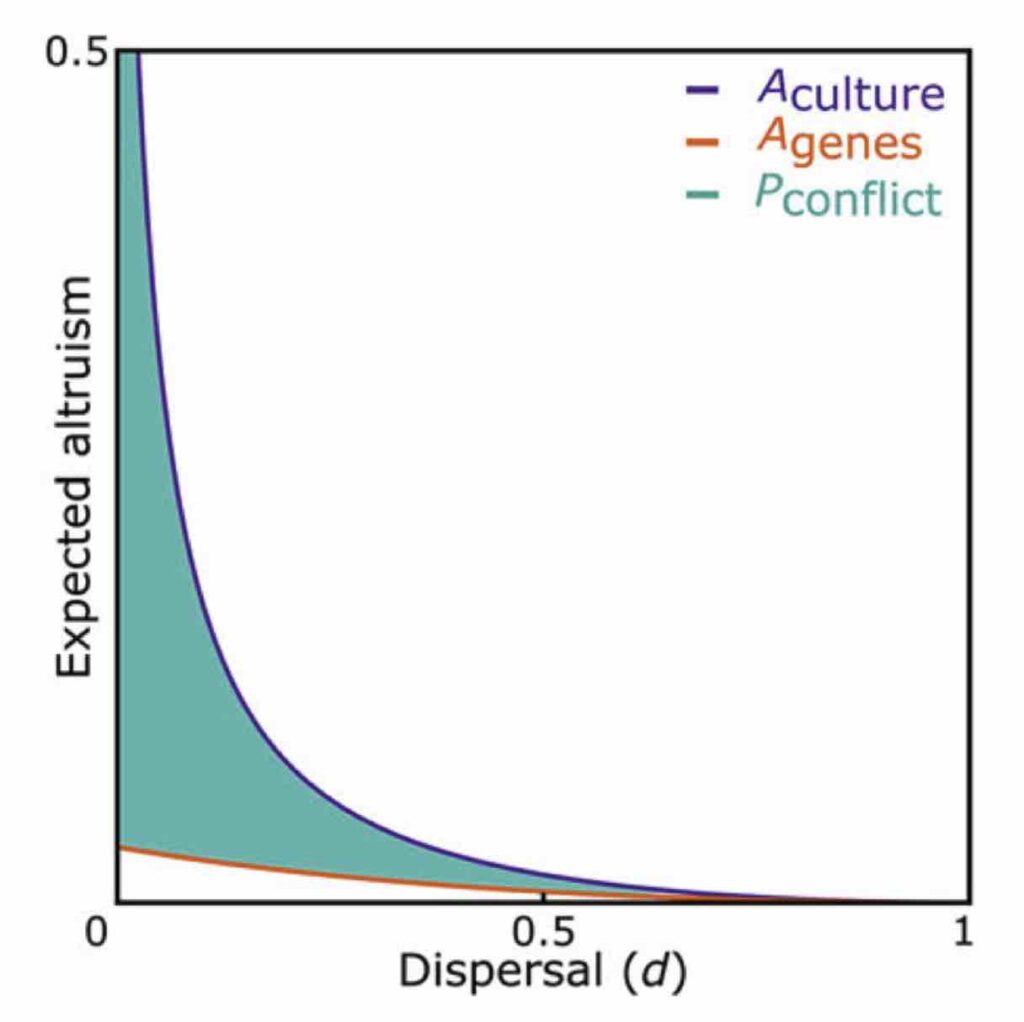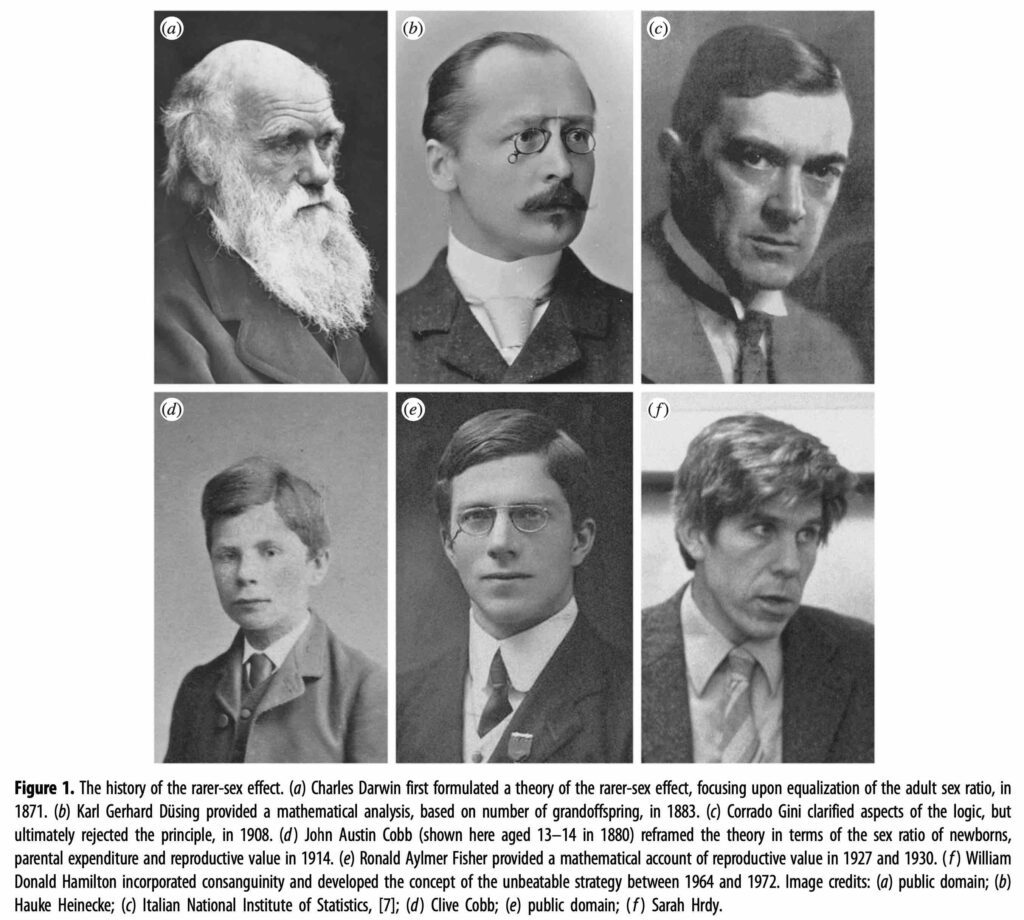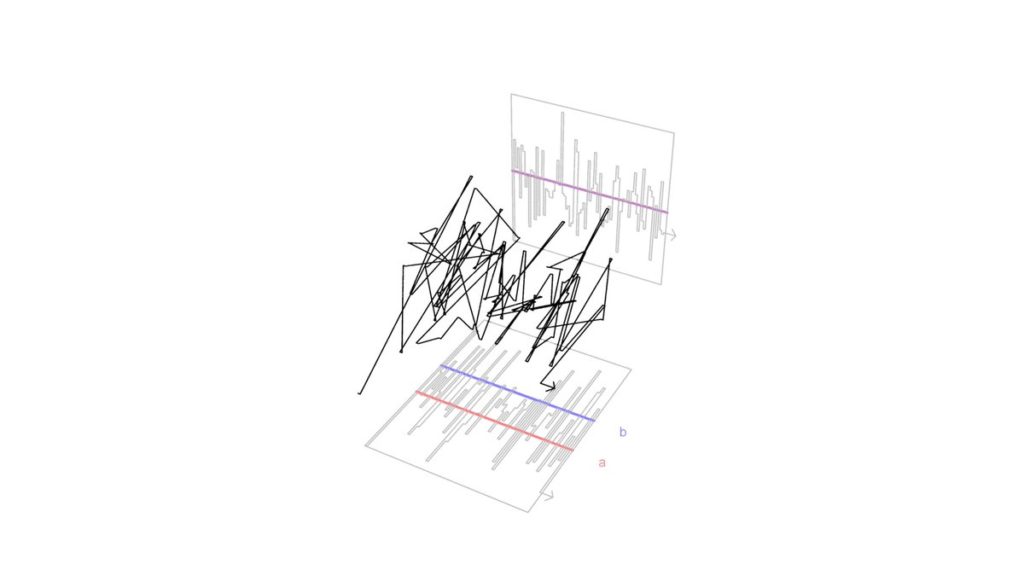Hitchcock TJ & Gardner A (2023) Sexual antagonism in sequential hermaphrodites. Proceedings of the Royal Society of London Series B – Biological Sciences 290, 20232222.
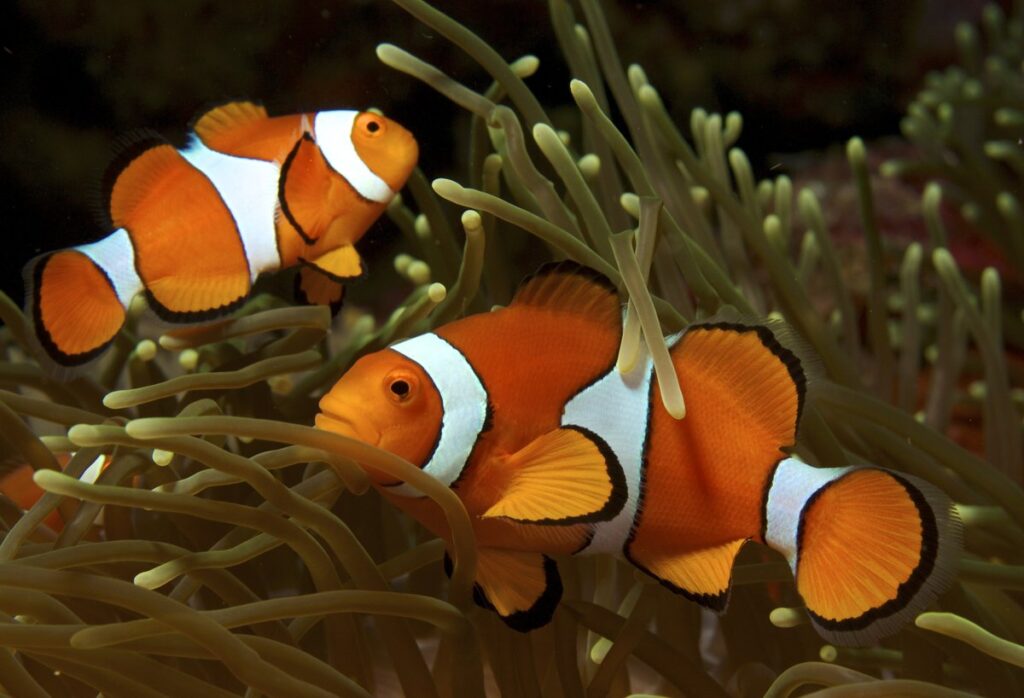
Image: Wikimedia Commons
Females and males may have distinct phenotypic optima, but share essentially the same complement of genes, potentially leading to trade-offs between attaining high fitness through female versus male reproductive success. Such sexual antagonism may be particularly acute in hermaphrodites, where both reproductive strategies are housed within a single individual. While previous models have focused on simultaneous hermaphroditism, we lack theory for how sexual antagonism may play out under sequential hermaphroditism, which has the additional complexities of age-structure. Here, we develop a formal theory of sexual antagonism in sequential hermaphrodites. First, we construct a general theoretical overview of the problem, then consider different types of sexually antagonistic and life-history trade-offs, under different modes of genetic inheritance (autosomal or cytoplasmic), and different forms of sequential hermaphroditism (protogynous, protoandrous or bidirectional). Finally, we provide a concrete illustration of these general patterns by developing a two-stage two-sex model, which yields conditions for both invasion of sexually antagonistic alleles and maintenance of sexually antagonistic polymorphisms.
